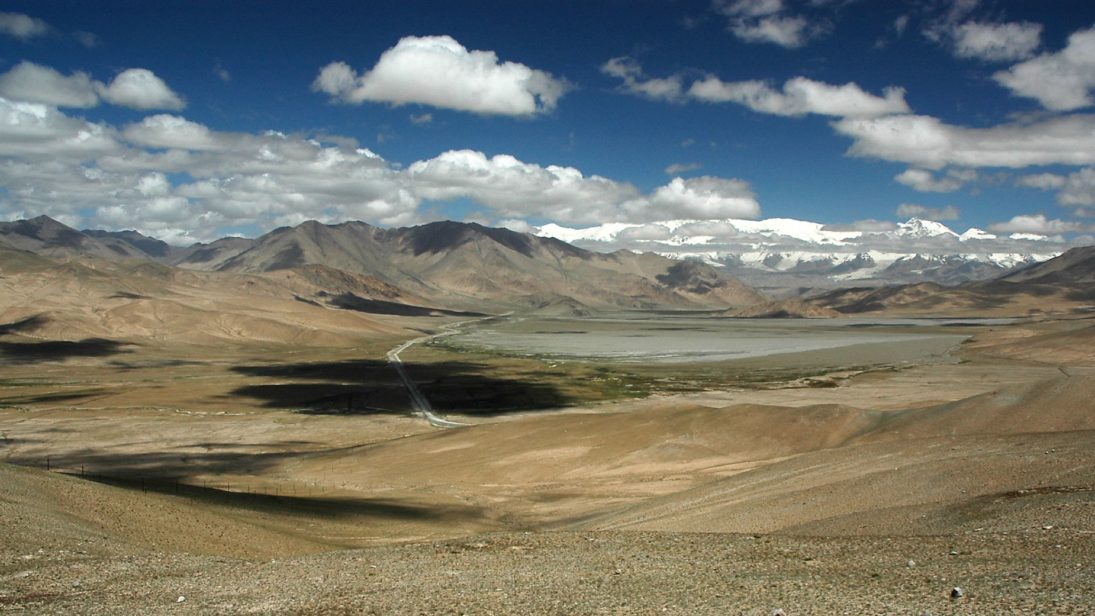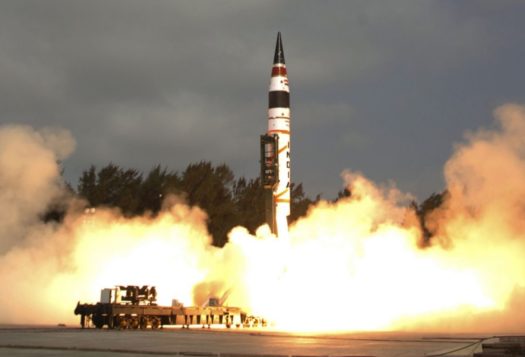
When Chinese President Xi Jinping unveiled the blueprint for the mammoth $46 billion China-Pakistan Economic Corridor (CPEC) project last year, Pakistan was understandably pleased. The Pakistani government considers the project a “game changer for the region.” This exhilaration partly stems from Pakistan’s wobbly economic performance in recent years, as GDP and other financial targets have not been achieved. The project has also elevated Islamabad’s strategic partnership with the regional superpower. CPEC is viewed as a lifeline for Pakistan, but there remain three potential obstacles that could derail this multifaceted project.
Provincial Resentment in Pakistan
Lack of domestic consensus is often a hindrance to development, and CPEC is no exception. When CPEC was initially introduced, every mainstream political party supported it, including the ruling Pakistan Muslim League Nawaz (PMLN-N). However, the enthusiasm turned into deep concern when political parties from economically weak provinces (Khyber Pakhtunkhwa and Balochistan) felt that their province’s reservations about CPEC were not being addressed. Chief Minister of Khyber Pakhtunkhwa, Pervaiz Khattak, said: “It is not a western route but merely a road, because it has no such infrastructure that would improve the condition of neglected provinces such as KP, Balochistan and Gilgit-Baltistan.”
Prime Minister Nawaz Sharif has twice chaired an All Parties Conference (APC) to consider the provinces’ grievances. Regional parties from Khyber Pakhtunkhwa and Balochistan have also organized APCs to raise the provinces’ concerns. This issue became so heated that China felt it necessary to put out a statement urging parties to overcome their differences. A Chinese embassy spokesman in Islamabad stated: “Relevant parties should strengthen their communication and coordination on the matter.”
Pakistan has a troubling history of ruining big projects through political bickering, and there’s fear that CPEC may meet the same fate. The failure of the Kalabagh Dam should serve as a poignant reminder of this.
The Status of Gilgit-Baltistan
Another aspect that needs to be given close consideration is the status of Gilgit-Baltistan. Pakistan’s claim that it has semi-autonomous control over (Azad) Kashmir probably does not wholly convince Chinese authorities. A Pakistani government official reportedly claimed: “China cannot afford to invest billions of dollars on a road that passes through a disputed territory claimed both by India and Pakistan.” This is the reason why, some Gilgit government officials contend, Islamabad is now contemplating giving Gilgit-Baltistan constitutional status as the country’s fifth province.
Giving Gilgit provincial status is a bold step. The region is part of the disputed Jammu and Kashmir territory, and thus India also lays claim to it. This change in policy would require Pakistan to back off a decades-old stance of plebiscite, and would necessitate a resolution through the United Nations. Moreover, there are concerns that such an action could push New Delhi to retaliate by annexing the parts of Kashmir under Indian control. This is well described by renowned strategic analyst Ayesha Siddiqa, who states: “If we begin to absorb it so can India. It legitimizes their absorption of the Valley.”
For Pakistan, Gilgit-Baltistan is a gateway to China. But there seems to be no proposed hydropower scheme, economic zone, or significant infrastructure development planned for Gilgit as part of CPEC—all of which the region needs. Gilgit-Baltistan is underdeveloped, lacks legal status, and is not getting its fair share of CPEC attention, all of which could lead to numerous problems.
Security Vulnerabilities
The security atmosphere inside Pakistan poses numerous difficulties for CPEC. Starting from Kashgar, the project will pass through Gilgit-Baltistan and Khyber Pakhtunkhwa, followed by Balochistan. Unlike Gilgit-Baltistan, the latter two have complex security challenges, owing to years of militancy and the presence of radical secessionist elements. The government has decided to install over 10,000 army personnel under the command of a major-general, whose primary objective will be to safeguard Chinese engineers and guard the entire trade route. The deployment of army personnel has already begun. This shows that the civilian and military leadership—despite differences over foreign policy—are on the same page regarding this strategically vital project. Expedited construction and security measures could allow the Chinese to work with minimal problems, but putting down the insurgency in Balochistan will be a serious challenge. Attacking Chinese workers in Baluchistan has been a frequent exercise of separatists, while ruthless attacks on state apparatus continue.
Chinese authorities are also wary of the Uighur militants’ connections with the Afghan Taliban and al Qaeda. Islamic militants in China have expanded the extent of their fight against the government in recent years, and the perpetrators are believed to have links with terrorist groups in the northwestern belt of Pakistan. Islamabad is committed to doing its best to crack down on anti-Chinese elements within its territory. However, the possibility remains that Uighur and Taliban militants could join forces to threaten CPEC.
China is undoubtedly aware of these conundrums. Beijing could not have overlooked the persistent security threats and political ailments in Pakistan when deciding on the feasibility of this project. Furthermore, half a century’s cordial relations with Pakistan have given China the confidence to initiate such a project. However, given the unpredictable nature of Pakistan, China cannot simply relax. Instead, they must remain on their toes until the project is completed.
***
Editor’s Note: Click here to read this article in Urdu
Image: Peter Morgan, Flickr


